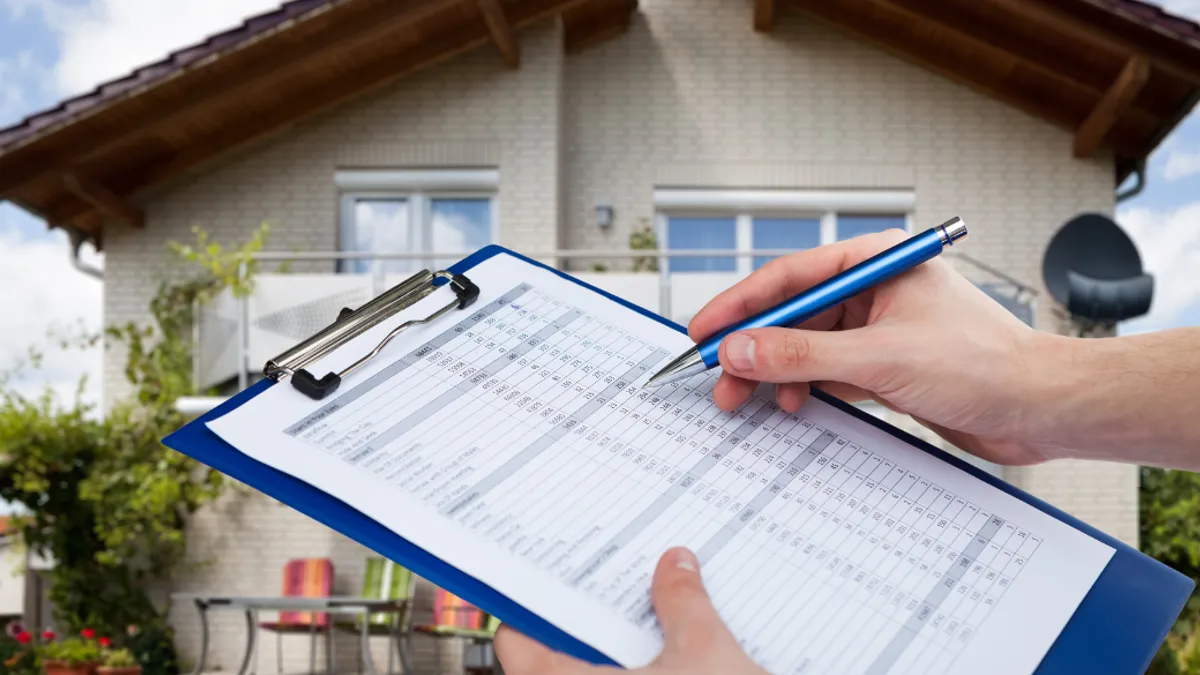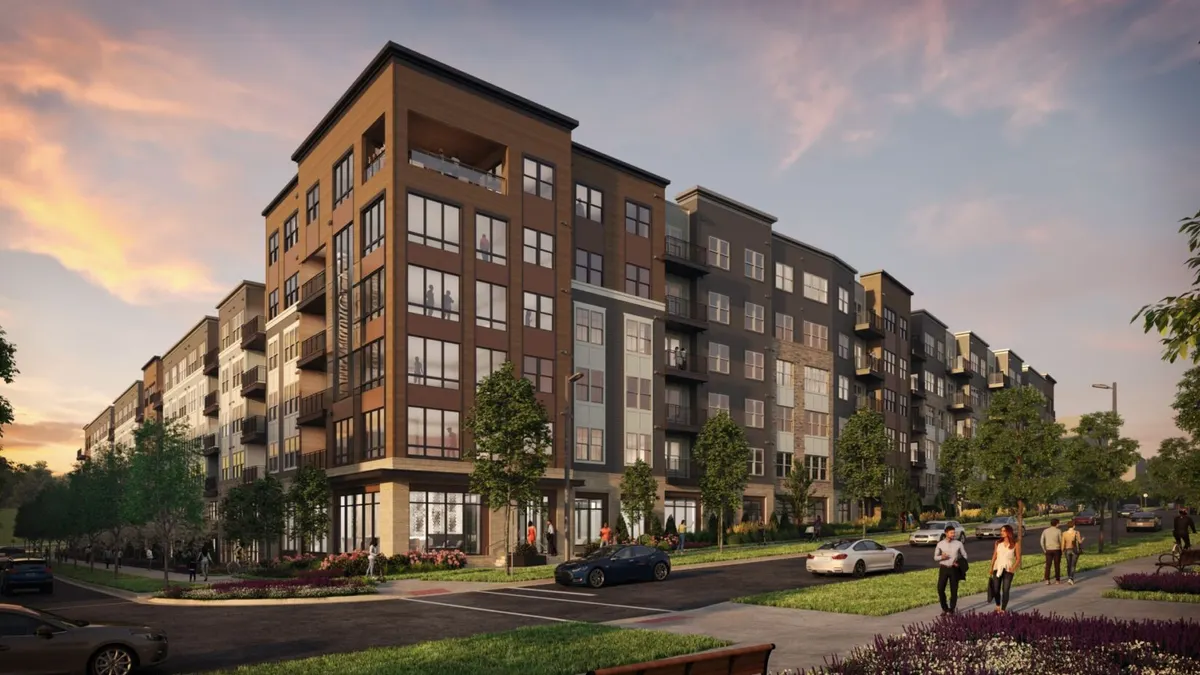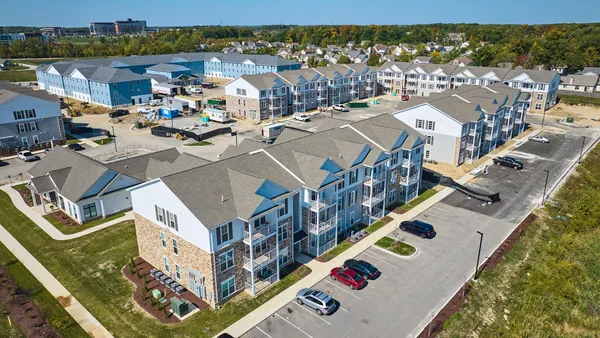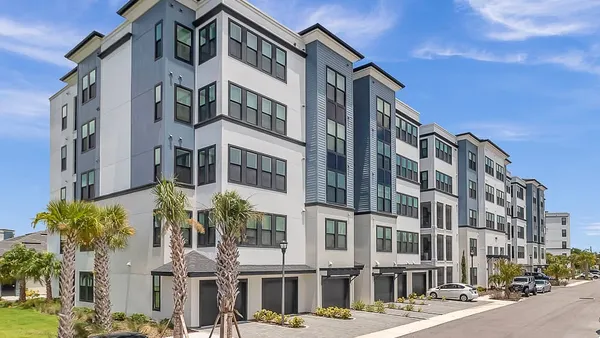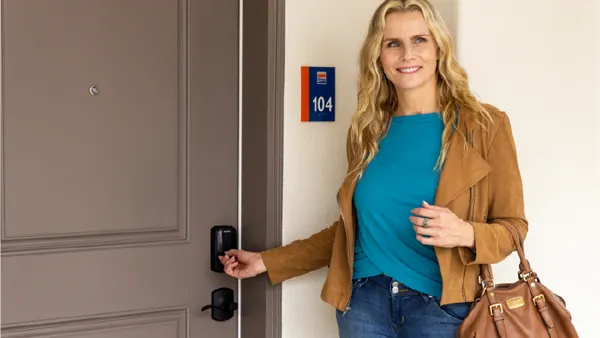In 2023, the FBI reported 6.4 million property crimes, leading to estimated losses of $280.5 billion. With 71% of apartment tenants expressing a desire for improved security, it is clear that safety is a top priority.
But you shouldn't have to sacrifice ROI to keep your tenants safe. Whether you're a property owner or a manager, implementing effective security measures doesn't always require a substantial budget.
Here are 5 ways that you can upgrade your property security without spending a dime.
1. Randomize your patrol schedule and camera monitoring to avoid predictable routines.
Predictability is an enemy of security. Why?
Some suspicious characters do their homework first. They’ll case out a property to figure out the security routines, helping them avoid getting caught.
By randomizing patrol schedules and security camera monitoring routines, you can stay two steps ahead. When criminals can't predict when or where security checks will occur, they are less likely to attempt illicit activities — or get caught if they do.
2. Establish a way for tenants to communicate and share information.
Maybe it's a WeChat group chat. Or maybe it's a Facebook group.
If your tenants have a way to stay connected, they can alert each other when something isn't right. (And it can also help you stay aware of goings on around your property.)
This can also help strengthen community ties. When people know their neighbors, they tend to look out for each other — and can more easily notice when something seems out of place.
3. Use your landscaping as a security tool.
Landscaping is more than just aesthetics; it can be a powerful security asset.
By using Crime Prevention Through Environmental Design (CPTED) principles, property managers can create an environment that naturally deters criminal activity while also boosting curb appeal.
Here are some ideas for using landscaping to boost security:
- Well-maintained shrubs and trees can eliminate hiding spots
- Strategically placed thorny plants near windows can discourage break-ins
- Tall hedges or fences can create a physical barrier against unauthorized entry
4. Create a security checklist for staff to incorporate into their daily routines.
A security checklist can serve as a daily reminder for staff to consistently maintain high standards of vigilance and safety. Make sure that the checklist is kept in a centralized location where all staff members can access it, like in the management office or on a shared Google doc.
Here's what the checklist might include:
- Locking and unlocking procedures for all entrances and exits
- Regular checks of apartment surveillance cameras and equipment
- Verification of visitor logs
- Inspecting perimeter barriers and fences for potential breaches
- Ensuring all alarms are set and functioning correctly
By adding these tasks to their daily routines, staff can quickly spot and tackle security issues as they come up, creating a safer environment for all tenants and visitors.
5. Conduct regular security audits.
Sometimes your security needs a check-up. If you're not already conducting an annual (or bi-annual, or quarterly) self-guided security audit, here's your guide to getting started.
This audit should cover:
- Examining current surveillance systems for optimal coverage
- Ensuring all access points are secure and functioning
- Reviewing staff security protocols and training
- Checking for any blind spots or weaknesses in existing security measures
- Updating any outdated technology or equipment
One thing to keep in mind: although regular self-conducted audits are helpful, it's essential to also get a security professional's opinions from time to time. This can help you gain a fresh perspective and insights on potential vulnerabilities that might be overlooked by internal staff.
Get the step-by-step guidance you need to secure your multi-family property.
To help multi-family property managers put together a solid security plan that doesn’t compromise ROI, the security pros at Deep Sentinel developed a new guide specially for property owners and managers.
Here’s what you’ll get when you download the guide:
- An overview of how to fulfill your legal responsibility to security
- Step-by-step guidance on how to create and implement your security plan
- A list of the most common problems with traditional multi-family security approaches (and how to solve them)
- Tips for adding tech-enabled tools to your security plan without blowing your budget
Download the Ultimate Guide to Multi-Family Property Security here.

